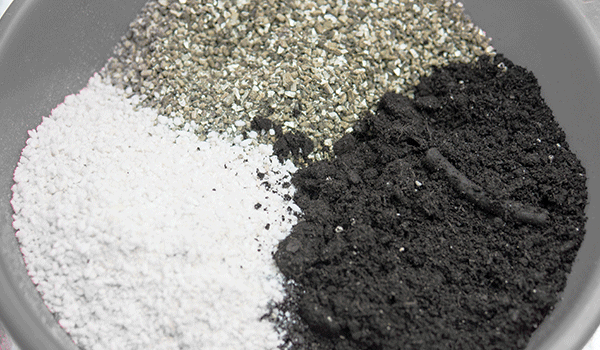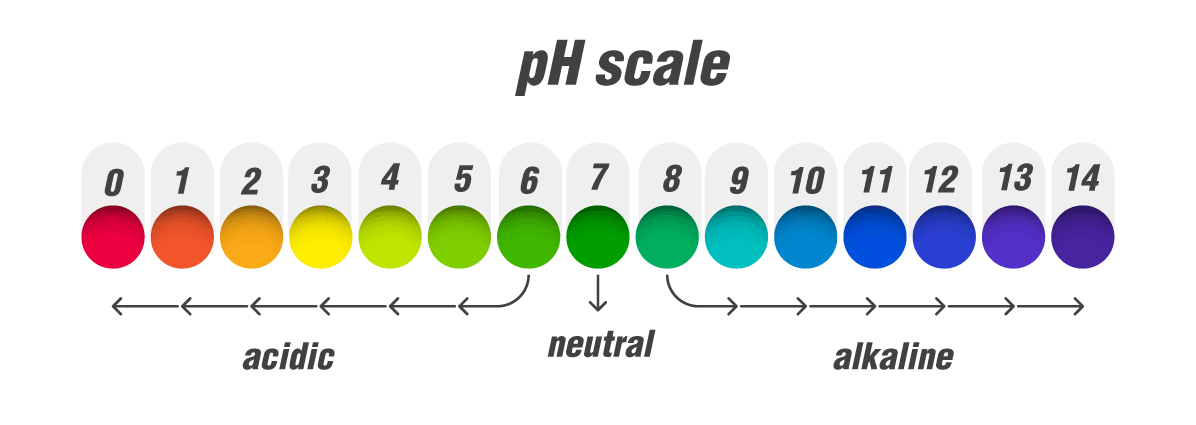The Best Soil For Autoflowering Cannabis Plants
Published :
Aug 9, 2019
Categories :
Cannabis cultivation

Autoflowering strains attract many cultivators due to their rapid growth and small, easy-to-manage structures. If you're planning to grow an autoflowering variety, use this soil mix for optimal results.
There are quite a few differences between autoflowering and photoperiodic strains, the most notable of which being that the former initiates flowering without a change in light cycle. Autoflowering strains received this unique trait from a cannabis subspecies named ruderalis, which evolved in the colder climates of Central and North Asia, experiencing endless summer days and long winter nights. This subspecies has since been crossed with many sativa and indica strains to create legions of popular hybrids.
As well as having the unique autoflowering trait, these varieties have different needs and demands compared to standard photoperiodic strains, including the type of soil they require to thrive. Their hardy nature allows them to tolerate poor soils and harsh environments, but providing them with high-quality soil and nutrients in the right quantities will result in superior yields.
.png)
TREAT YOUR AUTOFLOWERS TO LIGHT SOILS
It’s true that most autoflowering plants can tolerate heavier soils, but they much prefer a substrate that is light and airy. When cultivated within such a growing medium, the roots of autoflowering strains can easily penetrate the soil, where they anchor the plant securely in place, mine for nutrients and water, and intake oxygen. By using light soil, you’ll be providing your plant with a perfect foundation for healthy growth. This kind of medium also allows for good water drainage, which can help to prevent detrimental conditions such as root rot.
An ideal potting mix for autoflowering strains should include peat moss, a substance that is harvested from peat bogs and is formed from decomposed moss. Another primary ingredient in autoflowering soil is compost, a resource that can easily be made at home by composting waste organic matter such as kitchen scraps. Secondary ingredients in the potting mix should include perlite, which is an amorphous volcanic glass that helps create space in soil to increase drainage and aeration. Vermiculite is another key ingredient that provides aeration to the substrate.
These ingredients should be mixed using the following formula:
3 parts peat moss
3 parts compost
2 parts perlite
1 part vermiculite
It can be cheaper to make your own autoflowering potting mix when buying these ingredients in bulk. However, if you don’t have the time, you can purchase premixed soil.

TREAT YOUR AUTOFLOWERS TO NUTRIENTS, BUT BE CAREFUL
Autoflowering strains have also earned their hardy reputation due to the fact that they can put up with little food. In fact, it’s very easy to overfeed autoflowers and damage them by doing so. Autoflowering strains are usually significantly smaller than their photoperiodic counterparts and therefore require much less feeding during their life cycle. Feed them very lightly, and be particularly careful of nitrogen levels during the vegetative phase. Many premixed soils will come with the correct levels of nutrients, and will often provide enough for plants to survive for multiple weeks. After this, add fertiliser sparingly.
A good addition to autoflowering soil are mycorrhizal fungi. Although these life forms aren’t nutrients, they do help plant roots by breaking down organic matter into small and usable molecules and transporting them into the root system. Introduce these into the soil to assist your plant in making the most out of the potting mix.
KEEP AT EYE ON PH
The pH scale is a tool used to measure the acidity or alkalinity of a solution. All soil has a particular pH, which can be tested using probes or paper test strips. The pH scale ranges from 1 to 14, with 1–6 indicating acidity, 7 indicating neutral, and 8–14 indicating alkalinity. All cannabis plants have a preference for slightly acidic soils within the range of 6.2–6.5.
Regularly test your soil with the tools mentioned above and adjust accordingly. If your pH is too low, try adding dolomite to bring it up. If it’s too high, pine needles can naturally work to bring it down a notch.







































